Top 6 Spots in Hakodate to Enjoy History and Culture
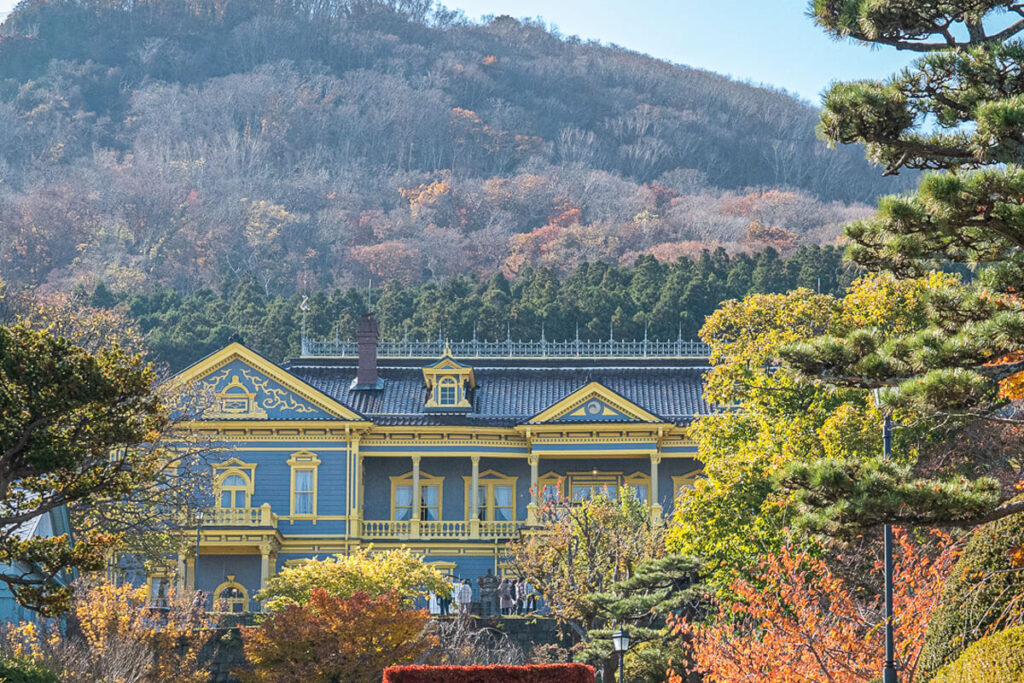
Hakodate in southern Hokkaido is a world-renowned tourist city. This port town prospered in trade and was influenced by foreign cultures. This is why you’ll find eye-catching buildings everywhere. This article features six places where visitors can feel its unique history and culture.
The History of Hakodate
The best way to learn about Hakodate is to visit all the historic sites. However, visitors who may not have enough time should drop by the Hakodate City Museum inside Hakodate Park.
Hokkaido was inhabited approximately 30,000 years ago. Along with Honshu, Kyushu, and Shikoku, the land went through the Paleolithic era and the Jomon Period (*). Afterward, the Ainu culture prospered in the region. During the late Edo Period (1603-1868), Hakodate was ruled by the Tokugawa Shogunate. After the arrival of Admiral Perry of the U.S. Navy, it became a trade port open to foreign countries. Eye-catching churches and Western-style buildings are at the base of Mt. Hakodate, which has become a major sightseeing spot.
The permanent exhibition at the museum displays archeological artifacts such as pottery, stoneware, and clay figures. Of course, you’ll also find various living utensils and historical materials.
*: A time in Japanese history before the start of agriculture inhabited by hunter-gatherers using pottery and polished stoneware. While there are various theories, it is traditionally dated from approximately 12,000 years ago to 2,300 years ago.
Hakodate City Museum of Northern Peoples: Learn about the Culture of Indigenous People of Hokkaido
This museum displays materials related to the indigenous people of the northern lands surrounding the Sea of Okhotsk, such as Ainu, Oroks, and Aleut (Unangan). It is a unique facility introducing their life and culture. There are seven exhibition rooms displaying traditional attire and accessories of people residing in harsh environments. Through these items, visitors can gain a vast knowledge of their way of life.
The facility is housed inside the former Bank of Japan Hakodate Branch. Built in 1926, the architectural style of the Taisho Period is visible in the entrance and lobby. The rooms on the second floor were formerly used as the manager’s office and reception room. They are decorated beautifully with vividly colored tiles and exquisitely designed ceilings. This is an ideal place for those who love architecture. This museum offers a wonderful opportunity to learn about the culture and history of Hokkaido’s indigenous people.
Hakodate Magistrate’s Office: See Hakodate in the Late Edo Period
With the arrival of Admiral Perry, Hakodate became an open port. This facility was established as an office for the Tokugawa Shogunate. It used to be located near the current Motomachi Park. However, it was relocated for security reasons to Goryokaku, a star-shaped fortress built in the inland area away from the port. The original building was damaged during the Battle of Hakodate (1868-1869) and demolished in 1871.
The rebuilt facility consists of four zones: the Recreation of the Original Facility, Discover History, Image Theater, and Restoration Experience. In the first zone, visitors can see the size of the magistrate’s working space, which totals 72 tatami mats when the sliding doors are all opened. It will feel like wandering into a historical drama. The history of Goryokaku and the magistrate’s office is displayed in the Discover History zone. The Image Theater shows a film of the reconstruction process, and various related materials are displayed in the Restoration Experience.
The Former Hakodate Ward Public Hall: See Hakodate in the Early Meiji Period
Western culture was introduced to Japan in the Meiji Period (1868-1912), significantly changing the lifestyle of the times. The Former Hakodate Ward Public Hall, built in 1910, is a product of that era.
This facility is one of the Western-style buildings located midway up the hill, looking down on the port. It is designed symmetrically, with a balcony on the second floor. The exterior is painted in bluish-gray and yellow colors. It’s no surprise that the building has become a landmark in the Motomachi area.
Emperor Taisho once stayed at the hall during his days as the Crown Prince. Billiard was an aristocratic sport at the time, so the building is furnished with a game room, an Imperial chamber, and a reception hall. All of these rooms and the furniture are on display.
Hakodate Haikara Isho-kan is a rental costume shop located inside. Visitors wearing dresses and kimonos from historical periods can take photographs in the hall. The second-floor balcony, Imperial chamber, corridor, and stairs are popular photo spots.
Seikan Ferry Memorial Ship Mashu-maru: Learn about Hakodate in the Showa Period
Mashu-maru, moored at the port near Hakodate Station, used to be a seatrain (a ship equipped for carrying a train of railroad cars) connecting Aomori in Honshu and Hakodate. During the Showa Period (1926-1989), it played a significant role in rail transport. The ship is currently used as a museum, displaying information about ferries sailing the Aomori-Hakodate route. It also describes the relationship between Hokkaido and Japan’s main island of Honshu.
Mt. Hakodate Observatory, Goryokaku Tower, and Mashu-maru are three major lookouts in Hakodate. From the ship deck, visitors can enjoy a panoramic view of the surroundings, including Mt. Hakodate.
Mashu-maru is one of the seven Tsugarumaru-type ferries built in 1964. After its last voyage on March 13, 1988, the ship was anchored in Hakodate, the home port, and renovated into a museum. While the bridge and radio room are maintained in the original condition, other rooms function as exhibition spaces, displaying various materials related to the Seikan Ferry.
The Nighttime View from Mt. Hakodate

Hakodate is a famous tourist city that attracts domestic and international travelers. The miraculous nighttime view from Mt. Hakodate is especially well-known, prompting many visitors to flock to the mountaintop.
Mt. Hakodate Observatory is located at an altitude of 334 meters. The view from the mountaintop surrounded by the bay is truly magnificent. The lookout’s location, with subtle city lights in the backdrop, makes the view more attractive.
While the observatory was part of a fortress, it presently overlooks a modern landscape. The nighttime panorama changes with the times and seasons. It is described as an upended jewelry box, enchanting many visitors.
It takes three minutes aboard the Mt. Hakodate Ropeway to reach the mountaintop. When the ropeway is under maintenance in autumn, there will be a bus service from Hakodate Station.
In Conclusion
Along with beautiful scenery and delicious food, Hakodate offers several historical spots.
Travelers should ride the tram when visiting these locations, allowing them to drop by various facilities in one day.
Visiting the museums chronologically will showcase the flow of the times in Hakodate during different historical eras. Most importantly, it will make for a memorable Hakodate trip!



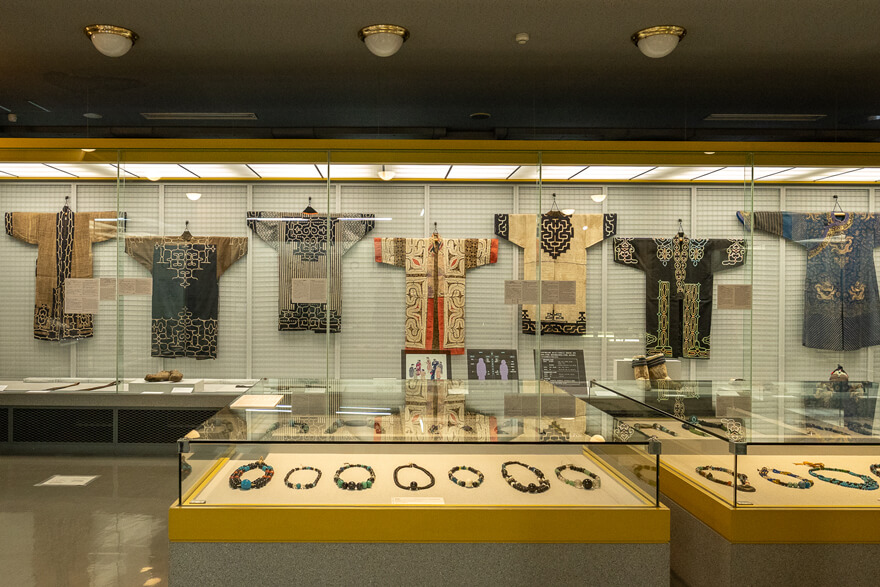





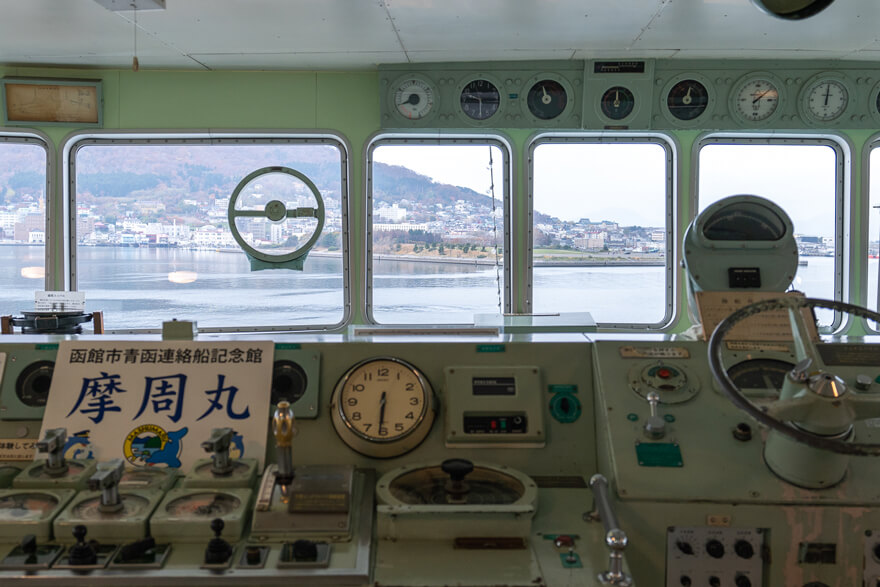


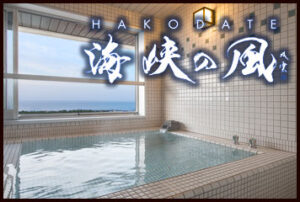
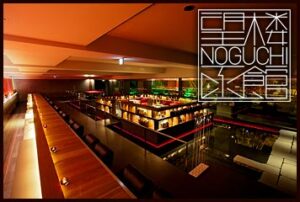



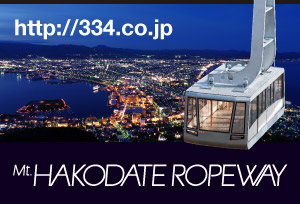
サトーエージェンシー TEL:0138-26-7277](https://www.hakodate.travel/en/wp-content/themes/hakodate-city-multi/assets/images/cmn/boshuyoukou-1.png)